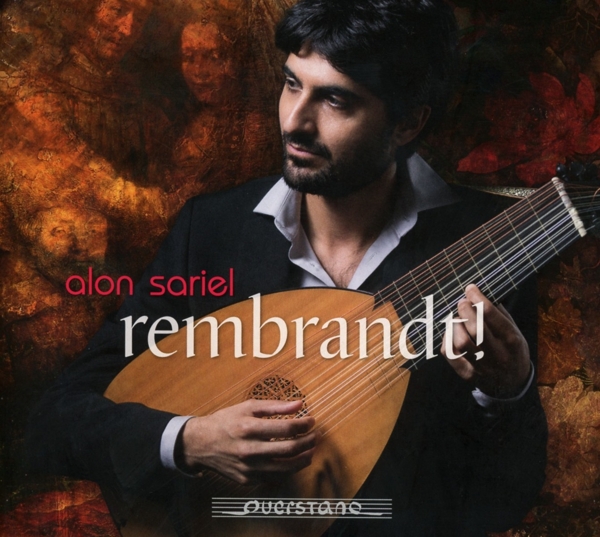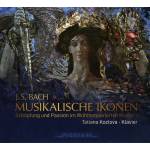Zubehör |
Mein Konto
|
Anmelden
|
Deutsch |
€ Euro |
erweiterte Suche
|
Alle Kategorien
BEST SELLER
500
NEUHEITEN
8.825
ANGEBOTE
220.286
Bisherige Auswahl:
keine Auswahl
Ergebnis einschränken:
TECHNIK
267.178
MUSIK
682.064
- Akkordeon
8
- Alte Instrumente
129
- Bläserensemble
45
- Blechbläser
44
- Blockflöte
51
- Cello
270
- Cembalo
23
- Fagott
19
- Flöte
207
- Gemischtes Ens.
69
- Gitarre
97
- Harfe
25
- Holzbläser
32
- Horn
36
- Klarinette
113
- Klavier
370
- Klavierquartett
24
- Klaviertrio
144
- Kontrabass
15
- Laute
17
- Mandoline
14
- Oboe
54
- Oktett (KE)
2
- Orgel
34
- Posaune
19
- Saxophon
39
- Schlaginstrument
10
- Sonstige
11.079
- Sonstiges Ensemble
192
- Streicherensemble
83
- Streichquartett
382
- Streichquintett
18
- Streichtrio
58
- Trompete
45
- Tuba
3
- Viola
62
- Violine
509
Sinfonische Musik
12.893
Sonstige Klassik
4.358
|
Musik Filme Hörbücher Merchandise Kinder |





















